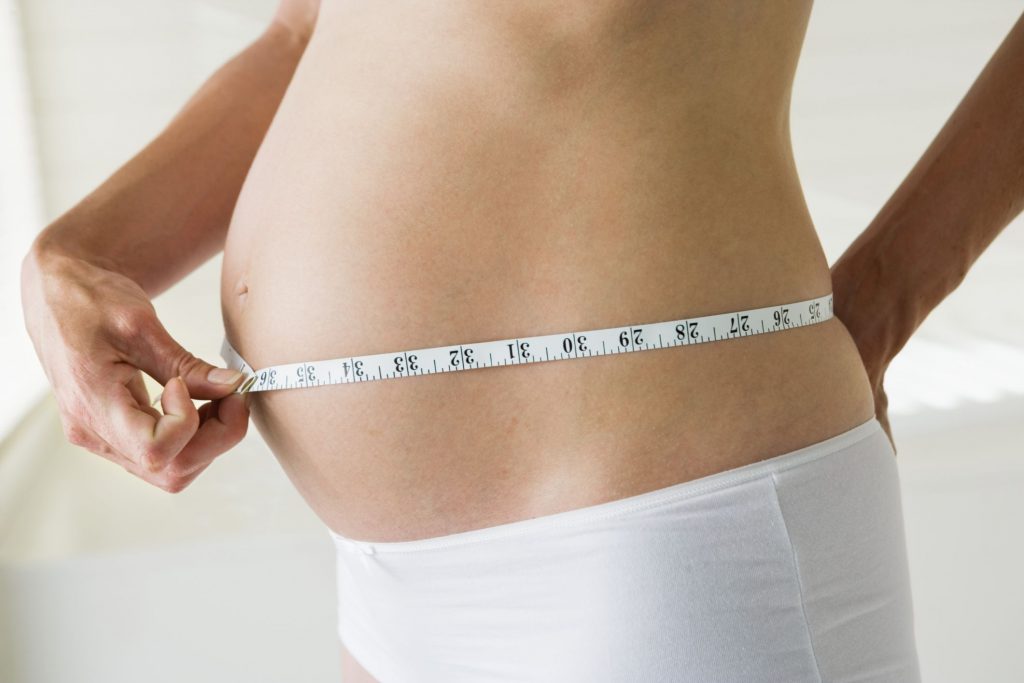As the baby grows in the womb, the mother will begin to feel wiggles and kicks. During the first trimester, the embryo is still small and the moves are not evident.
In the second trimester, the fetus is big enough that any movements can easily be heard. It is during the final month that you should be cautious about the position of your baby. This is important because you are getting ready for delivery.
Most women feel relieved in the second trimester from early pregnancy symptoms. The first trimester is usually associated with uncomfortable symptoms, including morning sickness. The 2nd trimester is considered the most comfortable trimester out the three. However, the baby can sometimes sit low in the uterus during this time. Read on to learn more about this.

Meaning of Sitting Low
Pregnancy varies for each person. Symptoms experienced in the first pregnancy may not be experienced in the second. Due to genetic makeup, you may have a big or small belly.
When someone says “having a fetus sitting low in the uterus“, they mean having an oblong-shaped belly. This puts pressure more on the back as compared to those having elongated bellies.
Some have a belief that the baby’s sex can be predicted using the shape of the belly. This is not true, as the shape of the belly is determined by muscle tone and body type.
Causes of Baby Sitting Low in Uterus
The sex of the baby is not the main reason for carrying low in the uterus. According to research on the causes of carrying low in the uterus, it was concluded that shorter women tend to carry low in the uterus more.
The argument was that short women have less room between the chest and hips. To cater for the small gap, the belly gets into an oblong shape. Taller women have enough room between the chest and hips to take care of the growing fetus.
Carrying low in the uterus is also common in the second pregnancy. Muscles that were responsible for carrying the first pregnancy are now weak and slacker. This is also not a guarantee if your muscles are strong enough.
Discomforts Caused by Sitting Low
Women who carry low, which sometimes happens in the second trimester, experience greater back pain. The baby puts excessive pressure on the pelvis, resulting in pelvic pressure and pain.
The condition worsens if you are on your feet for the better part of your day. With the pressure on the pelvis, urination becomes more urgent and frequent. If you realize that you are carrying low in the uterus, avoid standing or carrying out energy-sucking activities.
How to Increase Comfort

When you are carrying the fetus low in the uterus, comfort is of utmost priority. Plan on avoiding tasks that will require you to stand. Have constant breaks in between your daily chores.
When you are seated, add a pillow behind your back for extra support. To strengthen the pelvis muscles, kegel exercises can help. It lessens the pain and pressure you experience.
Massage is also another good remedy for pain. Ask your partner or a friend to massage you at least once a day. Especially before getting to bed. This will enhance sleep and get you the energy to begin the next day. A warm soothing bath is also good.
What to Note
Anytime you realize the fetus has dropped and is sitting low, consult with your health provider or midwife. This is usually a sign of labor if it happens at the advanced stages of your pregnancy.
However, this is something that should not get you so worried in the second trimester. As long as the fetus is in good condition, the pains that result from the fetus sitting low can be managed.







